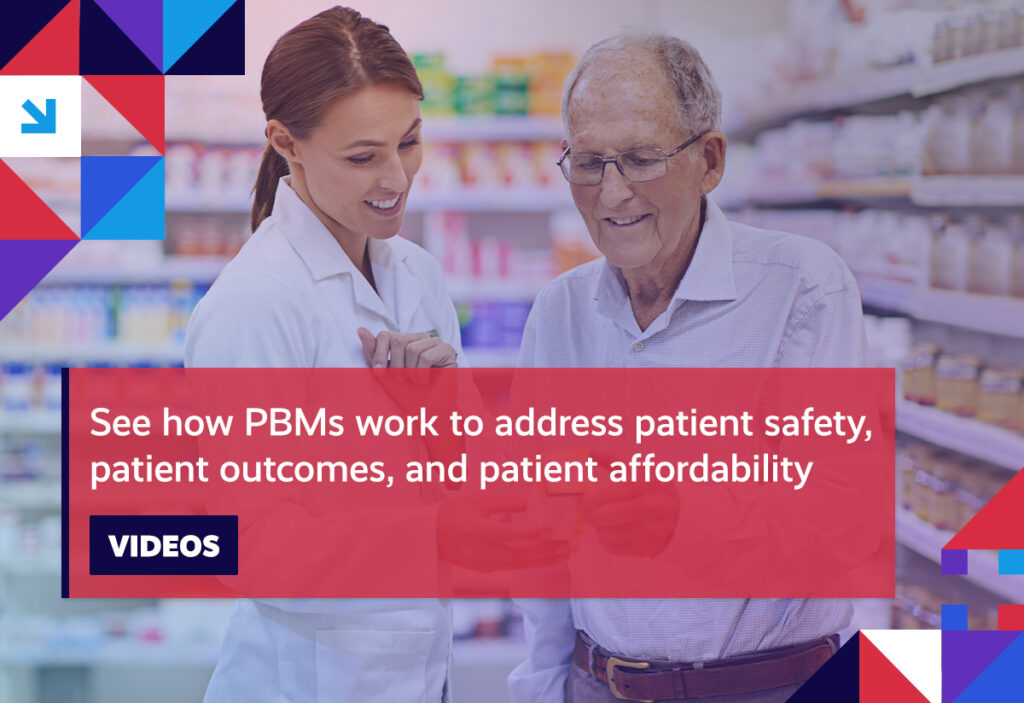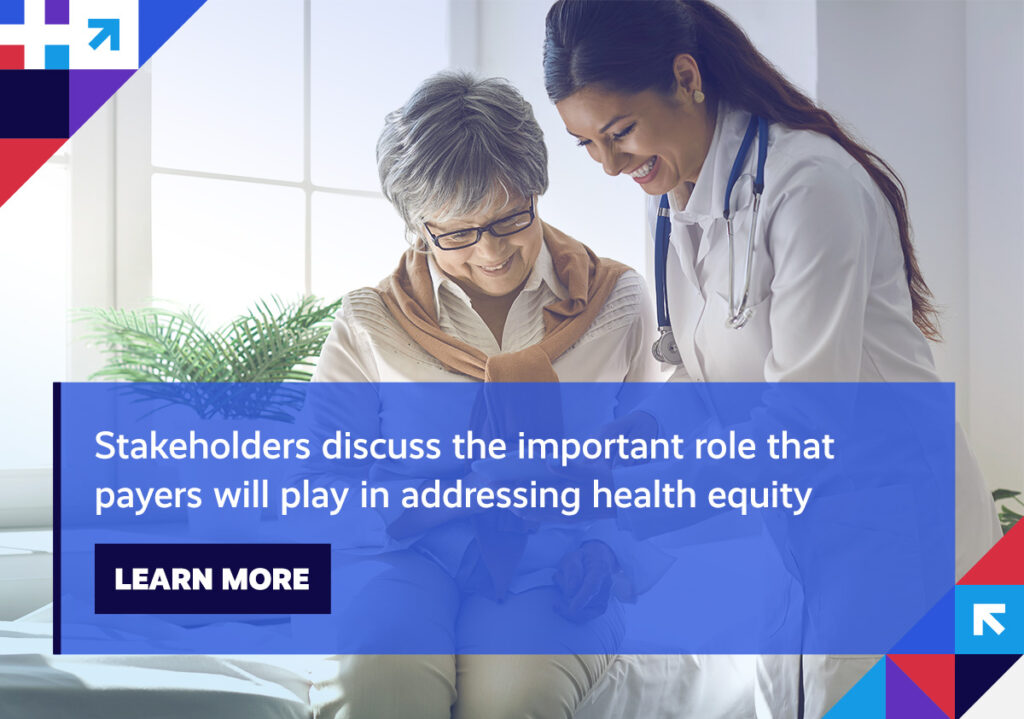A new study highlights the value that PBMs bring to our healthcare system; one-in-five Americans say they’ve received a surprise medical bill this year; Medicare pays more to provider-based facilities; and, more than half of hospitals have yet to comply with federal price transparency rules.
We encourage you to stay involved as implementation efforts surrounding healthcare reform progress. Visit the Health Action Network and be sure to let us know what’s on your mind.
Item of the Week

Week in Review
PBM Value: A new research paper seeks to cut through Big Pharma’s blame-game rhetoric by providing empirical evidence of the value that pharmacy benefit managers (PBMs) bring to our drug supply chain, generally, and to consumers, specifically. Conducted by the National Bureau of Economic Research (NBER), the study estimates that PBMs create more than $145 billion in value annually by providing a vast array of important services to our healthcare system, including negotiating prescription drug discounts, managing patient utilization, and developing pharmacy networks for health plans. And, not only are these services generating health cost savings for consumers and the government, but they’re also leading to increased patient drug utilization, innovation, and better health outcomes. With so much blame being misdirected at PBMs, the NBER study offers a critically important counter-narrative that stakeholders hope regulators and lawmakers pay attention to.

Surprise Medical Bills: As has been repeatedly covered in these newsletters, Americans are now benefitting from new consumer protections against surprise medical bills that went into effect at the beginning of the year. However, a new survey shows that one-in-five adults in this country have received a surprise medical bill this year despite a federal ban that prohibits providers from charging privately-insured consumers the balance when they receive emergency care or medical services at in-network facilities from out-of-network specialists, such as anesthesiologists or radiologists. According to the Morning Consult analysis, 21 percent of those surveyed said they’d received a surprise medical bill from an out-of-network provider at an in-network facility. Further, 32 percent said that the unexpected bill originated from lab work collected at an in-network facility but sent out-of-network for processing.
Medicare: According to a recent audit of Medicare claims, the program and its beneficiaries were charged significantly more for medical services at provider-based facilities compared to what they were charged for those same services at free-standing ones. That audit, conducted by the Office of Inspector General (OIG), examined payments for evaluation and management (E&M) services at provider-based facilities between 2010 and 2017 from eight different states and compared them to what would have been paid at free-standing facilities. The costs savings were significant, as the Medicare program alone could have saved $1.3 billion, while its members themselves could have saved more than $330 million – a combined total of more than $1.6 billion.
Hospital Compliance: At the beginning of last year, hospital price transparency rules came online, requiring health systems make list prices available to consumers for 300 common medical procedures and services. But, according to a new study published late last month in the Journal of the American Medical Association (JAMA), hospitals are largely ignoring the law. In fact, of the 5,000 hospitals nationwide that JAMA researchers analyzed, just 300 (a mere 6 percent) were found to be fully compliant with the requirements. While many were partially compliant, fully half (50 percent) failed to make all data available. The analysis builds on previous studies which have established that hospitals continue to drag their feet when it comes to complying with the transparency rule.
Spotlight

| You can keep up with the latest by following the Health Action Network on Twitter and by liking us on Facebook. And, be sure to check us out on LinkedIn, too. As always, let us know if there’s something you’d like to see covered in a future newsletter. |
